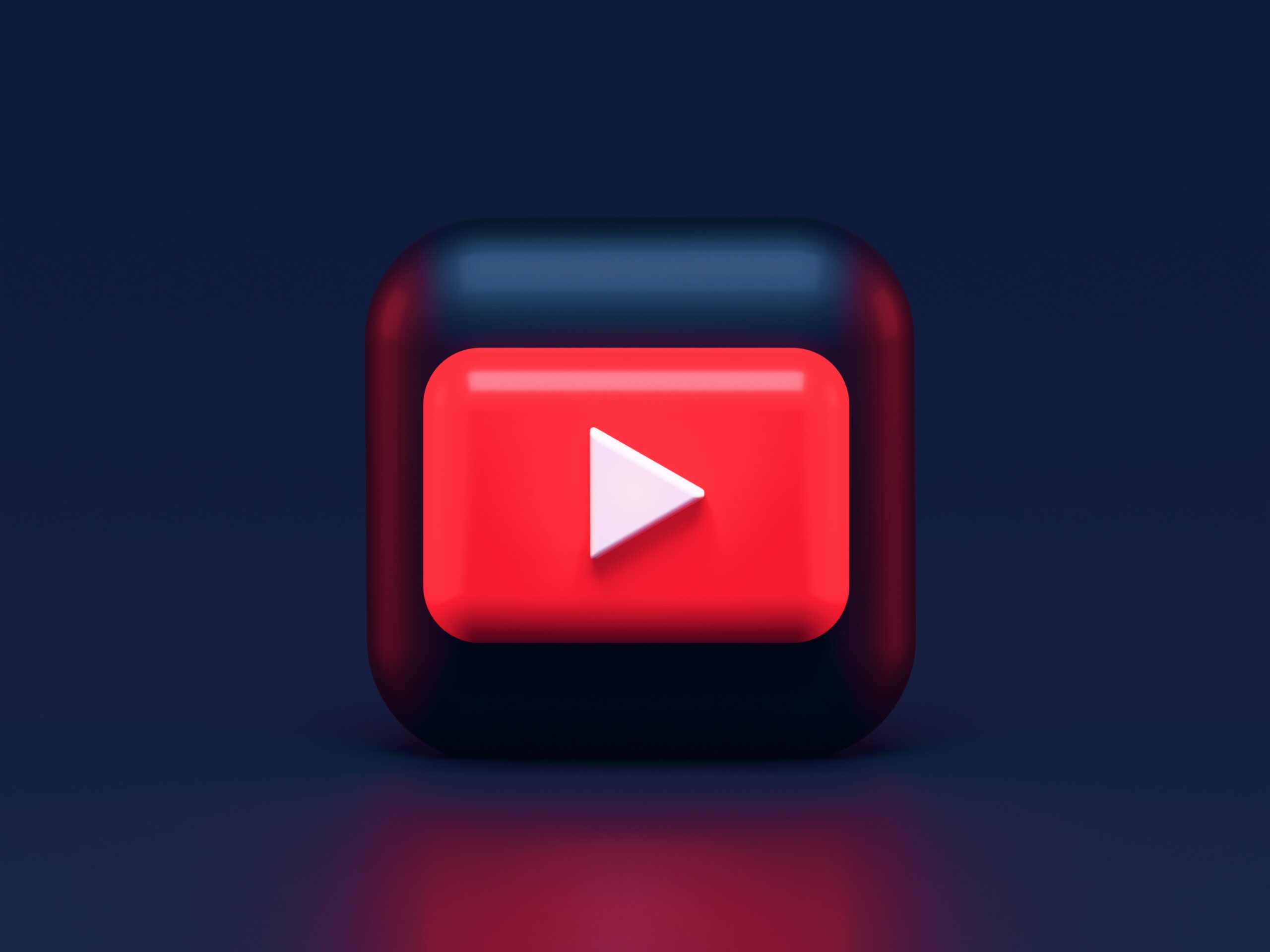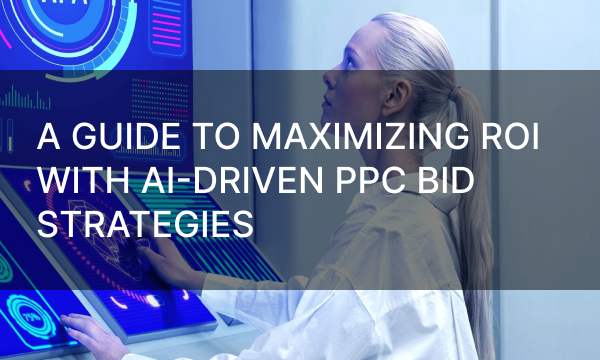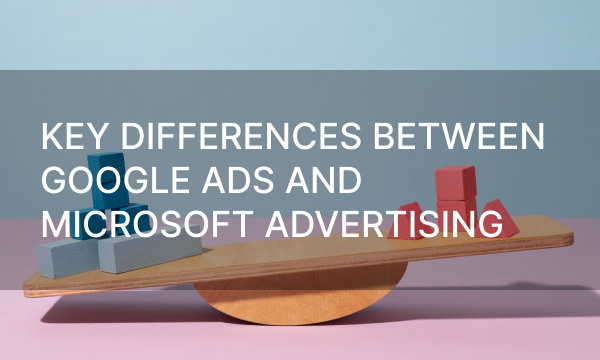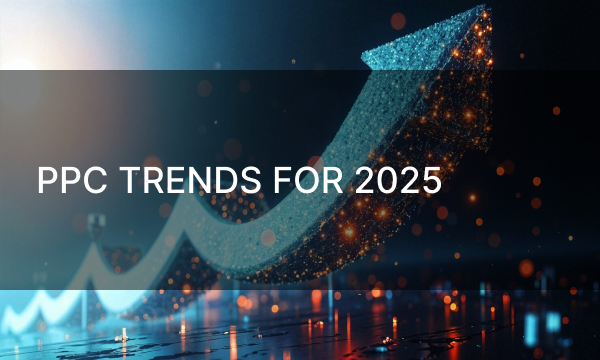Briefly about new PPC trends to use in 2023
In a world of accelerating competition, you need to make sure you’re getting the most out of your advertising budget. In 2023, PPC marketing is leading the way in growing your business. New PPC trends appear all the time, so it’s often hard to know which ones work best. Both consumers and technologies are changing. Search engines and social networks are also evolving.
Voice search, virtual reality, visual search and artificial intelligence will have the biggest impact on PPC campaigns. You may already be implementing many of these technologies. Yet, you need to keep your eye out for the trending PPC strategies. Read on to learn about the ones to use right now.
PPC trends
PPC is a digital advertising model that charges advertisers for every click on their ads. It works by displaying ads to a targeted audience that is looking for related keywords or browsing related websites. All this makes PPC advertising a cost-effective way to reach your target audience.
There are several advantages to PPC advertising:
- PPC campaign performance with immediate results
- Visibility of ads on search engines and websites
- Specific ad targeting for an audience to see ads at the right time
- Targeting based on keywords, interests, demographics and behavior
Measuring the performance of PPC campaigns and customizing or adjusting them allows businesses to optimize their strategy. Like the rest of digital marketing, PPC is constantly evolving. These are top PPC trends to follow in 2023.
PPC Automation
PPC automation is the number one trend in 2023 as machine learning and artificial intelligence advance. For example, automated bidding, ad creation, and targeting will save advertisers time and improve performance. Google continues to double-down on automated bidding strategies, encouraging marketers to use automation and AI to manage their campaigns.
PPC automation is considered a powerful way to boost a campaign performance. To get the most out of PPC automation, you need to set the algorithms for correct work and assist the machines with their learning. You need to set up conversion tracking and write high-quality ad copy, but also match keywords and target audience with the campaign goals. Innovative technologies offer advertisers to offload much of the routine work onto machines and AI, and thereby save time and money.
Artificial Intelligence
Artificial intelligence is expected to have an even greater impact on the world by 2030. With the help of AI in a PPC campaign, it is easier to predict future ad CTRs, determine bids with high traffic, and analyze the possibility of customer conversion. Learning the behavior of a target audience helps create more relevant PPC campaigns. Instead of supporting similar audiences in ad targeting and reporting, Google encourages marketers to use automation-focused strategies like Smart Bidding in Google Ads.
Smart Bidding
Smart Bidding is a machine learning-driven automated bidding system that uses machine learning to optimize conversions and auction conversion value. This technology will grow in power over time, and the strategies that use it will continue to prevail. We will see manual bidding become a thing of the past. This is actually really good news as it will allow marketers to focus on analytics and strategy.
Amazon Advertising
Google and Facebook still dominate paid advertising, but Amazon is catching up with them. Amazon ads are currently the third largest and fastest growing advertiser as sponsored ads appear both on and off Amazon. Although Facebook and Google give access to a global audience, their users don’t usually look to buy something. So the popularity of Amazon ads stems from their customers’ purchase intent. Actually, this is the biggest advantage over Facebook and Google.
Social media ads
Most people check at least one social media platform once a day. Ignoring social media in your PPC strategies means missing out on a significant part of a target audience. PPC marketers should focus on advertising for multiple social media platforms as they can easily find their demographics there, especially when it comes to the younger generation.
Audience Targeting
Advertisers will continue to focus on audience targeting, using demographics, interests, and behavioral metrics for their ideal customer acquisition. This improves ad relevance and increases ROI. One of the latest features of Google Ads is the opportunity to add a target audience that limits the segments you want to reach with your ads. Audience targeting helps specify the age group or customer income that a product reaches. Setting ad preferences allows to exclude irrelevant audiences.
Recent updates to Google Ads have allowed advertisers to overlay audiences on top of each other. So now it’s possible to use keyword targeting and demographic targeting together to create the most relevant ads. By taking advantage of this feature, advertisers will get the most out of their ad budget.
Ads Data Hub
Ads Data Hub will provide more detailed reports and metrics to understand ads performance on different screens. It enables customized analysis that matches with the specific business goals while respecting user privacy and maintaining Google’s high data security standards. Aggregated results from Ads Data Hub allow Google to provide more comprehensive data while keeping user data private.
Bumper Video Ads
In mobile content, video is dominant and will continue to dominate the market. Search engine marketers without video experience lose to the competition. Video ads are great for business promotion and target audience on the most popular platforms, including social media, at a relatively low cost.
Google’s latest video marketing tool is bumper ads from YouTube. Advertisers can turn videos under 90 seconds into a variety of bumper ads to be displayed on YouTube. Various platforms will encourage advertisers to adapt to Google’s vertical video ads. YouTube or similar video hosting sites are great placements for a search campaign.
Voice Search
Nowadays smart homes and personal assistant speakers like Cortana, Siri and Alexa are quite common. Paid voice search advertising isn’t mainstream so far, but thanks to advances in technology, we are likely to see it rise in popularity. Using a more conversational tone on a website will improve the chances of users acquisition as customers are more sociable in voice searches. Updating FAQ pages on a website with ‘long-tail’ keywords is another way to achieve voice search success.
Visual Searching
Visual search works with an image as a search query, not a text. People want search results faster and visual search helps them get that. It’s much quicker to run a visual search on a picture or a photo than to type.
Pinterest and Instagram run products in the visual search area. Amazon also demonstrates the value of visual search by partnering with Snapchat. To follow this trend, create a photo catalog of your products and services, add metadata to the images so that search engines categorize them correctly.
Collaborative Filtering
Collaborative filtering is an aggregation system that groups users based on shared tastes or preferences. This can be based on a variety of factors, such as age, interests, location, to direct customers to the most relevant content. Collaborative filtering matches your content to recent likes, browsing history, or trending topics. This helps websites stay interesting, and relevant to users.
Remarketing
Remarketing is tracking and displaying ads to users who have previously visited the site and left without a targeted action. Promoting products to customers that they bought earlier results in higher conversions. Remarketing means keeping your brand in people’s minds.
Remarketing helps you reach people who don’t buy easily. The focus is on where your potential customers are in the buying cycle. The results will help create personalized targeted advertising that solves the conversion problem.
SEO and PPC Integration
PPC and search engine optimization can work together. A good way to synchronize PPC and SEO is to analyze the best performing ad copy. Create relevant content and blog posts based on this ad copy to boost your ranking. You also can use long-tail terms in paid search bidding strategies. SEO and PPC integration allows to target competitor’s keywords by monitoring PPC Auctions Insights Reports.
Microsoft Ads
Bing is back with its updated focus on ad assets, data, and audience targeting capability. Recently, Bing Ads rebranded itself as Microsoft Advertising. This search engine is used by more than 1.1 billion people every month.
Microsoft Ads creates a new world of advertising possibilities to empower growth for all businesses. Now advertisers can reach more relevant audiences, connect with ready-to-engage customers at every step of their virtual lives.
Microsoft Ads allows to connect with an audience through Microsoft’s vast network, close partnerships, and on the open web through:
- search
- native
- display
- Connected TV (CTV)
- video
- retail media
Microsoft constantly pushes the boundaries of technology by integrating generative AI into its products. Advertisers can create campaigns that grab attention, cut noise, and deliver exceptional results. Therefore, ignoring Microsoft Ads can cost you money.
YouTube Masthead Ads
 Photo by Alexander Shatov on Unsplash
Photo by Alexander Shatov on Unsplash
YouTube Masthead is a digital billboard placed on the YouTube homepage for 24 hours, which allows advertisers to reach a wider audience. Masthead automatically plays after a few seconds on all compatible devices. YouTube Masthead allows advertisers to showcase a brand, a product, or a service in a native video-based ad format.
It provides:
- massive reach or awareness
- purchase in advance
- showcasing a brand or a service prominently on the YouTube homepage feed
There are two YouTube Masthead types:
- Cost-Per-Impression (CPI) Masthead provides a reserved and fixed volume of impressions over the course of a campaign.
- Cost-Per-Hour (CPH) Masthead provides 100% Share-of-Voice (SOV) of eligible impressions over reserved paid hours.
The Masthead format supports following metrics in reporting:
- Impressions
- Impressions (co-viewed)
- Clicks to video
- Video viewership
- Clicks to your website (optional)
- Clicks to YouTube channel
- Clicks on companion videos
Google AdMob
Google AdMob allows you to earn more money by matching ads to an app according to set criteria. Ads are created and paid for by advertisers at different prices for specific promotional ads. You need to create ad space in your app and then make it available by creating ad units in AdMob. You also need to select ad placements when you add ad units to your application code.
Ads will be displayed in multiple formats and can be easily added to built-in UI components. Google AdMob shows the best performing ads to users. AdMob works with its own and other ad networks to display the most effective ads in the app.
Conclusion
In conclusion, PPC is a highly effective digital marketing strategy for all kinds of businesses. It increases visibility, drives traffic, generates leads and boosts sales. Overall, these trends emphasize the importance of leveraging new data and technology to improve PPC performance.
If you want to stay competitive with PPC ads, you need to watch out for the best PPC trends every year. With plenty of paid search trends, advertisers have a lot of ad assets to integrate into their campaigns. Advertisers who follow these trends and use them in their strategies are set for success now and in the future.
Staying up to date with the latest technologies and innovations in marketing and paid advertising is a smart way to keep your brand competitive. Keeping track of new trends with PPC ads will help you stay up to date. Consider applying them to optimize an advertising strategy. Make sure to cooperate with experts to bring PPC advertising to a new level.




